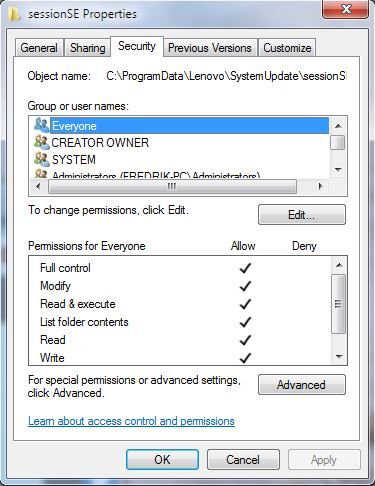

LDDM User Mode Driver for Intel(R) Graphics Technology Perform a System Restore to Fix the Corrupt MSV1160CP10.DLL File.Run a System File Checker to Fix the MSV1160CP10.DLL Error.Repair MSV1160CP10.DLL Error Automatically.We've created a list of known fixes that are proven to work with your issue.įeel free to use any of the tested methods below to fix the MSV1160CP10.DLL error on your computer: The automatic solution requires minimal effort on your part. However, the manual approach is risky as it may lead to more issues. This can be done with the help of advanced utility tools. If the "MSV1160CP10.DLL is missing" error occurs, the DLL file in the Windows system folder needs to be replaced. Regardless of the cause, each MSV1160CP10.DLL error can be treated similarly. “There was a problem starting MSV1160CP10.DLL”.“The program can’t start because MSV1160CP10.DLL is missing from your computer”.This could be caused by malicious software, incorrect installations, faulty programs, registry issues, etc.Īn error message associated with MSV1160CP10.DLL indicates that the file is corrupt or missing.Ĭommonly occurring error messages related to MSV1160CP10.DLL include: MSV1160CP10.DLL is a critical component for some Windows applications, and the error message indicates that the file is corrupt or missing, which affects the program. The "MSV1160CP10.DLL" error message can be caused by several factors. Regardless, a DLL error is a sign that your computer is missing important data for applications to work. Occasionally, it's because the DLL files are removed from the Windows Registry by accident, or no longer supported. In most cases, DLL errors are caused by viruses or other malware. If a particular DLL file is corrupt or missing, an error message appears. When you install a program, it assumes that the necessary library is present on your computer. Most DLL files are included in Windows installation by default. The benefit is that programs use a shared DLL instead of storing data in its files, thereby making your computer run faster. The purpose of a DLL file is to save disk space by providing quick access to code and data that are necessary for some applications to work. DLL stands for Dynamic Link Library, which serves as a set of instructions or functions for other programs to use.


 0 kommentar(er)
0 kommentar(er)
